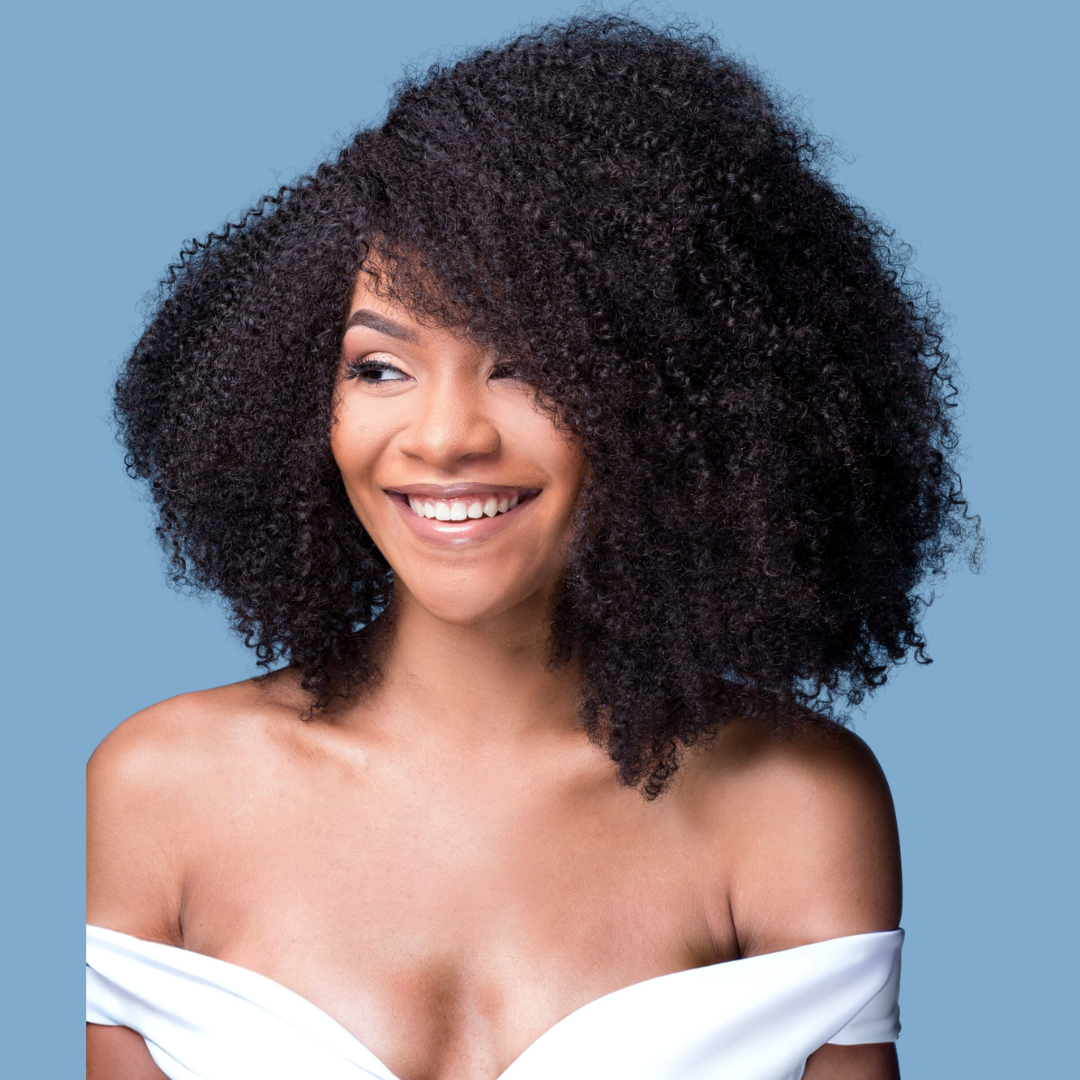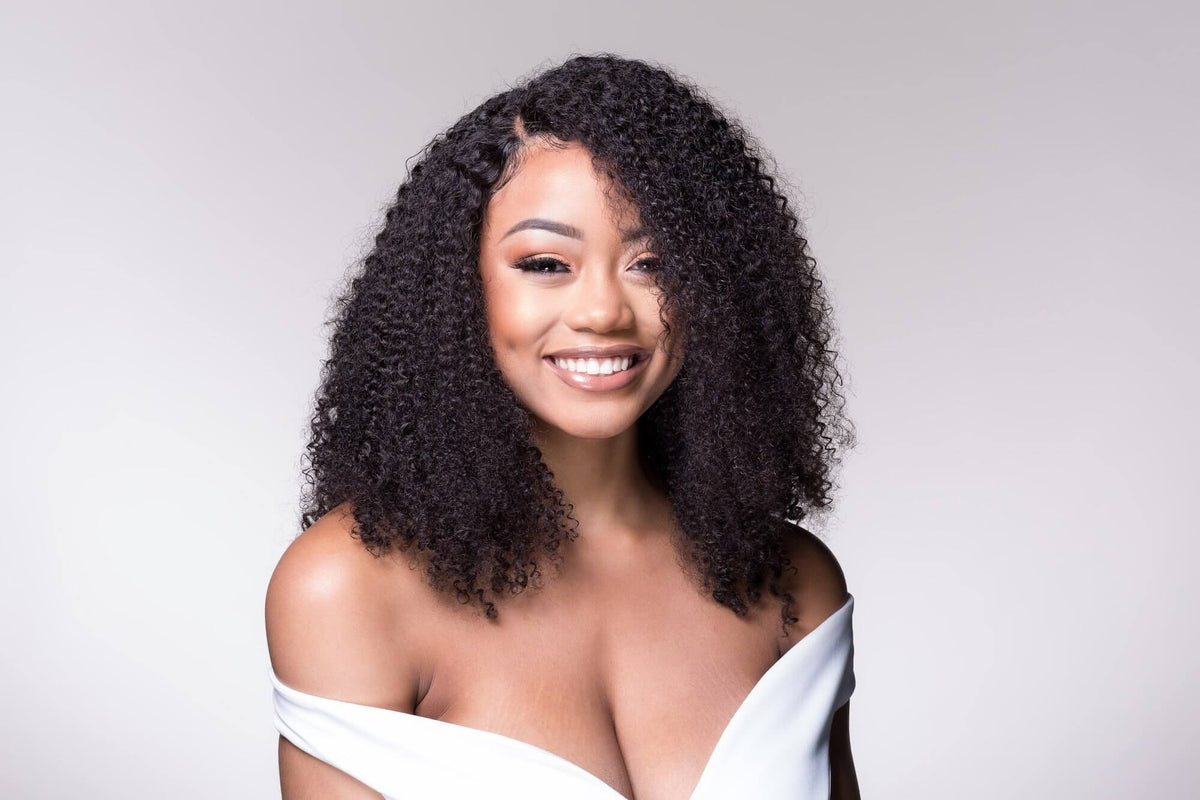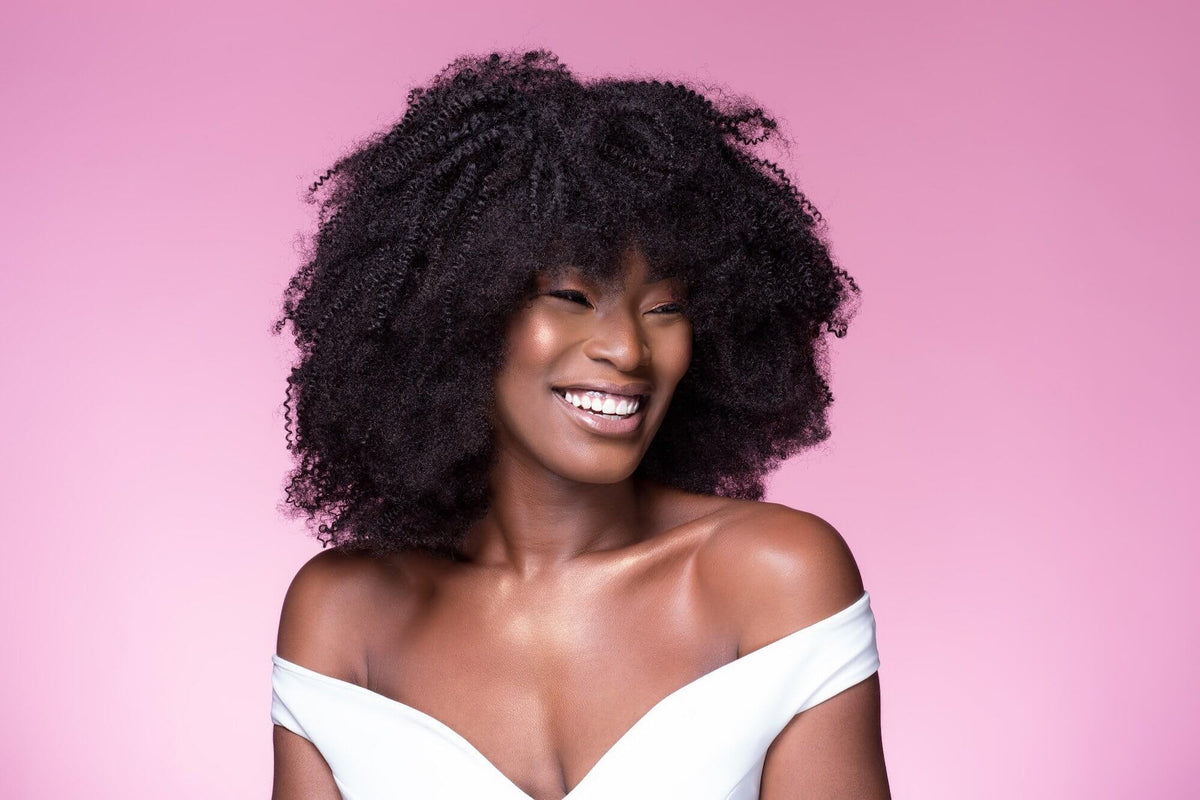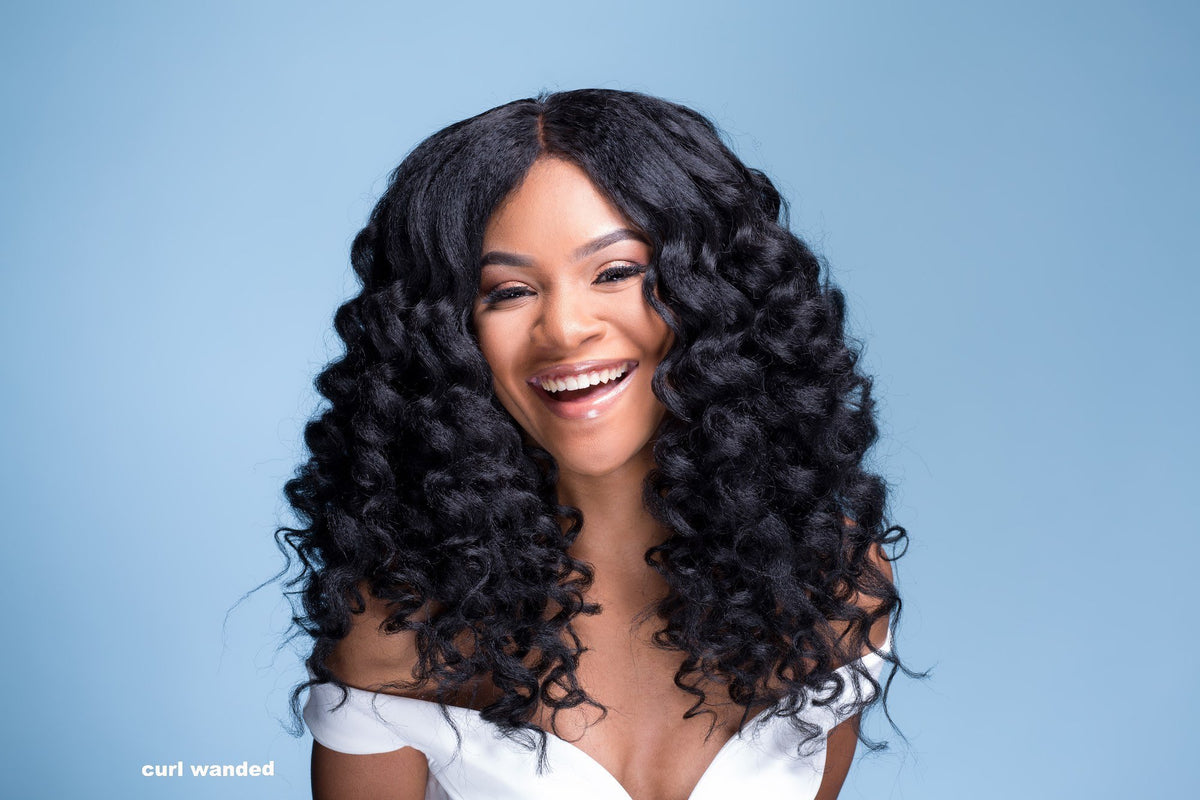
Naturally kinky, curly hair is the most delicate hair type. It grows from the scalp in tight helixes and although it may look full and compact, compared to other hair types, it is the least dense in terms of hair follicles per cm.
Each hair is surrounded by a gland which supplies it with a natural oil called sebum. This oil is meant to lubricate and waterproof the hair and skin while protecting it from bacteria and fungi. The tighter the curls and kinkier the texture it is almost impossible for the sebum to travel and coat the whole strand. This means that curly hair types don't have that essential layer of oil and it is prone to dryness and dehydration as moisture is able to leave freely.
In this article we touch on the importance of hair hydration and moisturizing.
Understanding Hair Hydration
To hydrate simply means to add water. Kinky hair is inherently dry so it will need additional water. It is often believed that drinking plenty of water will help to keep the hair hydrated. However, you can drink all the water you want and it will have no effect on the hydration of your hair, let me explain why.
The hair is made mostly of a protein called keratin which is the same as nails, hooves and feathers. The process which takes a normal cell and makes it keratinized involves removing all of the water content and everything else that makes it ‘alive’. So the hair above the scalp is dead and can't regenerate. The products we use improve the condition or look and feel of each strand but for the most part results are only temporary.
Water content of the hair is primarily based on the humidity of the air around it and will always aim to be in equilibrium. So if you live somewhere with low humidity your hair will be more prone to dryness.
How to Hydrate Hair
There are ways to improve hydration by using humectants which will draw water into the hair shaft. A humectant is chemical that helps to retain or preserve moisture (water). These are commonly used in hair products and are listed in the ingredients as glycerin or xxx-glycol. To be frank, unless you live in a very dry climate or are around artificial heat sources your hair is unlikely to be severely dehydrated.
We often mistake damaged hair for dry hair. A raised or rough cuticle (outer layer of the hair) will not reflect light as usual thus making the hair look dull with no shine or gloss. It may also be unable to hold on to products and styles can be limp or frizzy. These are signs of deeper issues that may result from hair care habits that need altering.
Hydrate vs. Moisturize
Moisturizing is somewhat of a trick term. At first glance it may imply adding moisture or water into the hair but it's main purpose is to seal or lock that moisture into the hair strand. They create a barrier around the hair so that water does not leach out and give the hair a boost of key chemicals that can be used to repair or create bonds that will make it stronger and more resilient.
A good moisturizer will usually be water based and have a mix of other groups of ingredients including emollients, oils and lipids. Avoid products that contain alcohols or synthetic fragrance and preservatives. These compounds can often have an adverse effect on the hair and scalp over time and work against the aims of a moisturizer. Instead look for water (aqua) and plants derived extracts and oils. You can search the benefits of each to make sure it is a great match for your hair.
Other Hair Rejuvenating Tips
Coconut oil is a very effective moisturizer as it is able to penetrate deep into the hair shaft. It has a high lipid content which helps to soften the cuticles. This not only gives the hair an amazing shine, it also aids in detangling and staying frizz free.
Ideally moisturizers should be applied on to wet or damp clean hair otherwise they will prevent water from entering the strands.
Many naturals use the LOC method - liquid/ leave in followed by and oil then cream. It is actually more effective to do LCO where the leave in and cream are water based so the oil which is hydrophobic (water repelling) will push the moisture deep into the hair.
For daily hydration, a light spritz of water is enough but rosewater and aloe vera have excellent benefits for the scalp and ensure a healthy environment for new growth whilst protecting the rest of the hair from damage.
Oil should be avoided for frequent use when the hair is not clean as it can leave the hair feeling suffocated and provide a breeding ground for bacteria when applied directly to the scalp and will disrupt the pH balance which can cause it to look more dry and flaky.



